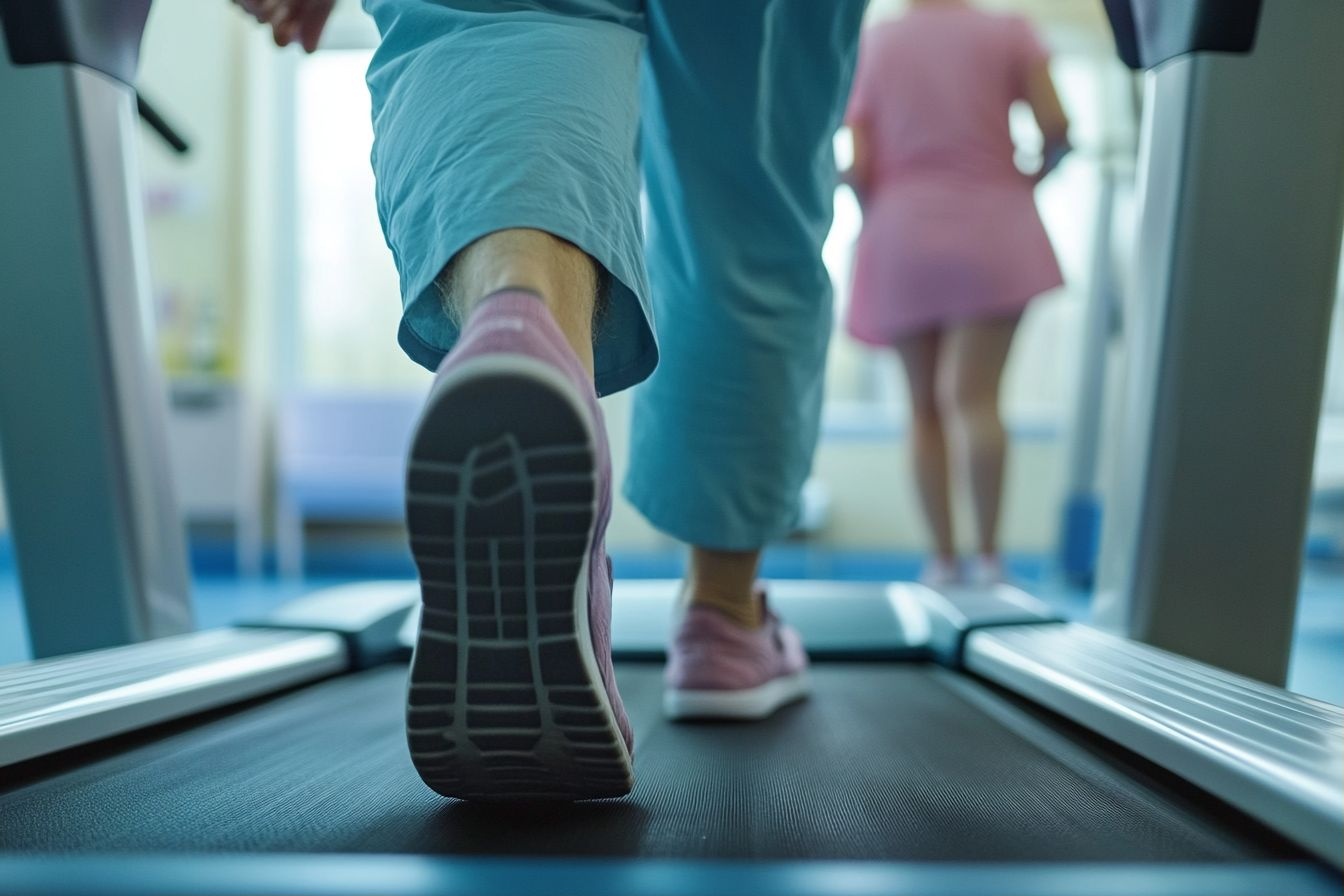Biomechanical Footwear: Revolutionizing Gait Health
Could the secret to better posture, reduced joint pain, and improved overall wellness be hiding right beneath our feet? Imagine a world where every step you take actively contributes to your health, realigning your body and enhancing your natural movement patterns. Welcome to the innovative realm of biomechanical footwear.

Biomechanical footwear is rooted in the principles of biomechanics, the study of the mechanical laws relating to the movement of living organisms. This innovative approach to shoe design takes into account the complex interplay between our feet, legs, and entire kinetic chain. By incorporating cutting-edge technology and materials, these shoes aim to correct gait abnormalities, reduce stress on joints, and promote proper alignment throughout the body.
The Science Behind Biomechanical Footwear
At the heart of biomechanical footwear lies a deep understanding of human anatomy and locomotion. These shoes are designed to work with the natural mechanics of the foot, rather than against them. Key features often include:
-
Variable-density midsoles that provide targeted support and cushioning
-
Contoured footbeds that encourage proper weight distribution
-
Rocker soles that facilitate a more efficient gait cycle
-
Dynamic stability elements that adapt to individual movement patterns
Research has shown that biomechanical footwear can have a significant impact on various aspects of health. A study published in the Journal of Foot and Ankle Research found that participants wearing biomechanical shoes experienced reduced knee pain and improved physical function compared to those wearing conventional footwear. Another study in the Clinical Biomechanics journal demonstrated that specially designed biomechanical shoes could alter muscle activation patterns in the lower limbs, potentially reducing the risk of certain musculoskeletal disorders.
Benefits Beyond the Feet
While the immediate benefits of biomechanical footwear are often felt in the feet and ankles, the impact extends far beyond these areas. By promoting proper alignment and efficient movement patterns, these shoes can have a ripple effect throughout the entire body. Some potential benefits include:
-
Reduced back pain and improved posture
-
Enhanced balance and stability, particularly in older adults
-
Decreased risk of overuse injuries in athletes
-
Improved energy efficiency during walking and running
-
Alleviation of symptoms associated with conditions like plantar fasciitis and knee osteoarthritis
It’s important to note that while biomechanical footwear shows great promise, it is not a one-size-fits-all solution. Individual factors such as foot shape, gait pattern, and specific health concerns should be considered when selecting the most appropriate footwear.
Customization and Technology Integration
As the field of biomechanical footwear continues to evolve, we’re seeing an increasing focus on personalization and technological integration. Advanced scanning techniques and 3D printing technologies now allow for the creation of truly customized shoes that cater to an individual’s unique foot structure and movement patterns.
Some companies are taking this a step further by incorporating smart technologies into their biomechanical designs. These smart shoes can collect real-time data on gait, pressure distribution, and movement patterns, providing valuable insights for both wearers and healthcare professionals. This data can be used to track progress, identify potential issues, and make ongoing adjustments to optimize foot health and overall wellness.
Challenges and Future Directions
Despite the promising benefits, biomechanical footwear faces several challenges. One of the primary hurdles is the higher cost associated with these specialized shoes, which can make them less accessible to the general public. Additionally, there’s a need for more long-term studies to fully understand the effects of prolonged use of biomechanical footwear on various health outcomes.
Looking to the future, researchers and designers are exploring new materials and manufacturing techniques to make biomechanical footwear more affordable and widely available. There’s also growing interest in developing biomechanical principles for different types of footwear, from formal shoes to athletic cleats, ensuring that individuals can benefit from this technology across all aspects of their lives.
Stepping into Wellness: Quick Facts and Tips
-
The average person takes between 5,000 to 7,000 steps per day, making proper footwear crucial for long-term health
-
Biomechanical footwear can help redistribute pressure across the foot, potentially reducing the risk of calluses and blisters
-
When transitioning to biomechanical shoes, start with short periods of wear and gradually increase to allow your body to adapt
-
Regular gait analysis can help identify subtle changes in your movement patterns and inform footwear choices
-
Combining biomechanical footwear with targeted exercises can amplify the benefits and improve overall lower body strength and flexibility
In conclusion, biomechanical footwear represents a significant leap forward in our approach to foot health and overall wellness. By harnessing the power of science and technology, these innovative shoes have the potential to transform our daily steps into opportunities for improved health and vitality. As research continues and technology advances, we can expect biomechanical footwear to play an increasingly important role in preventative healthcare and personal wellness strategies. Step into the future of foot health – your body will thank you for it.





